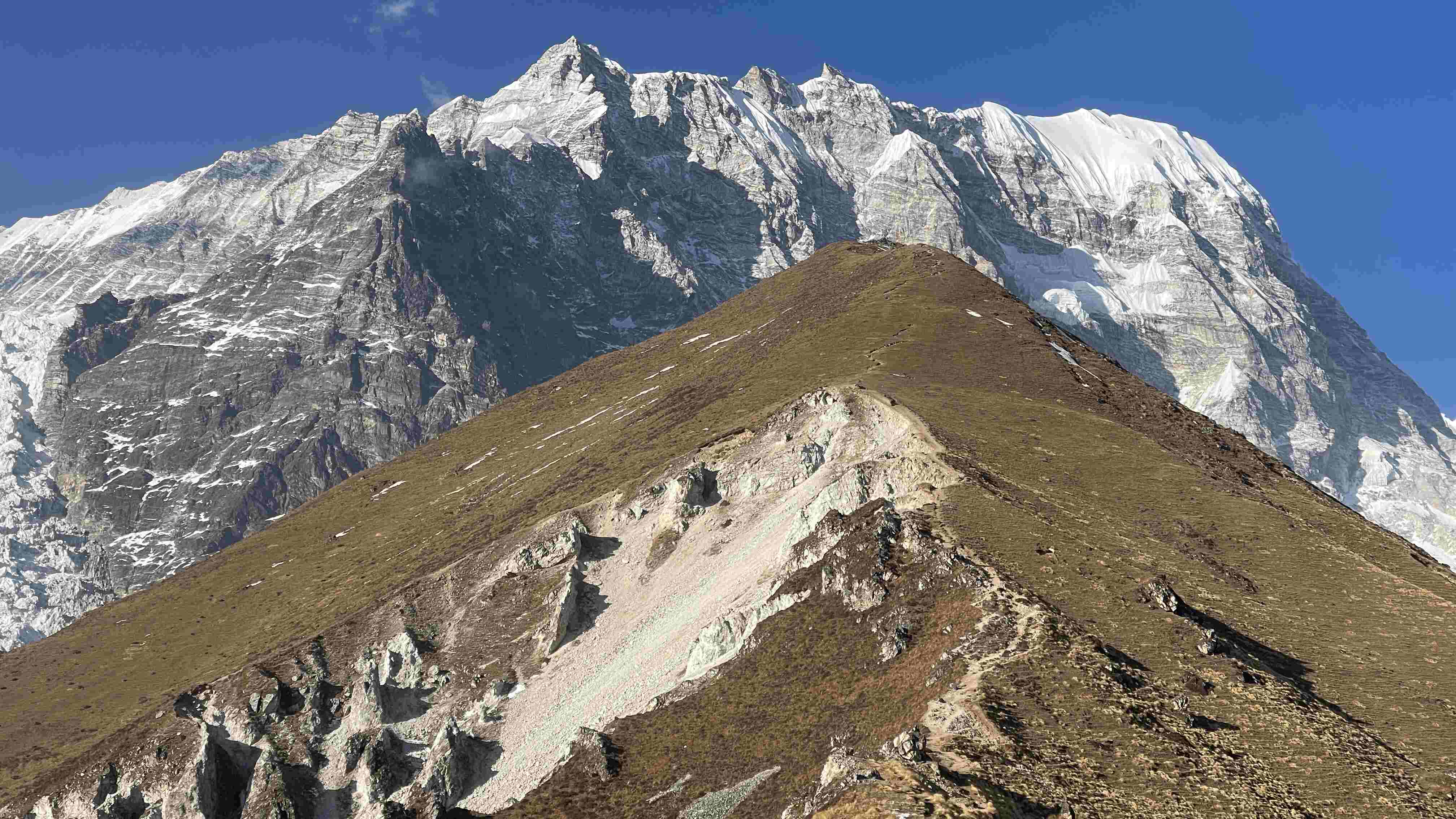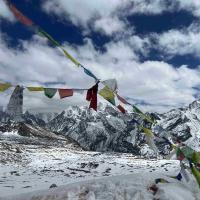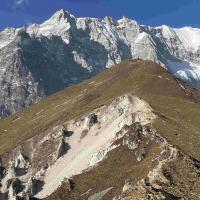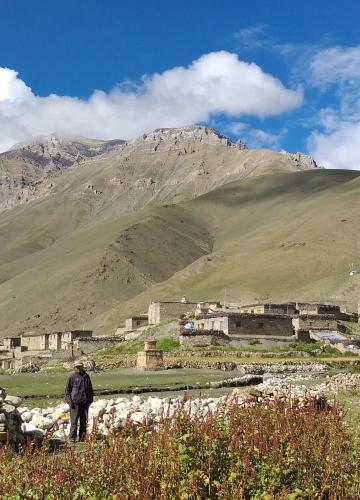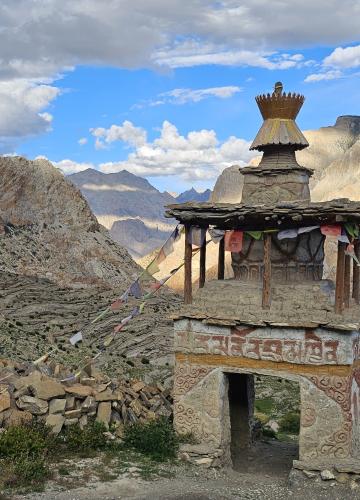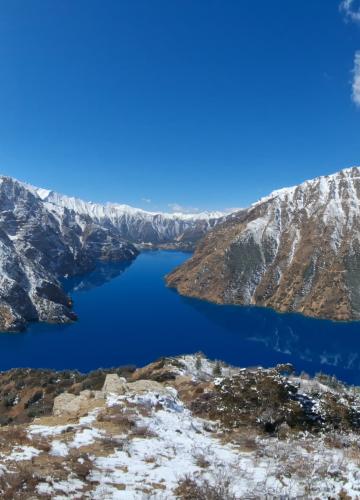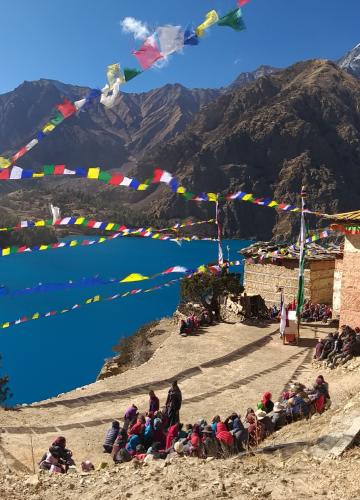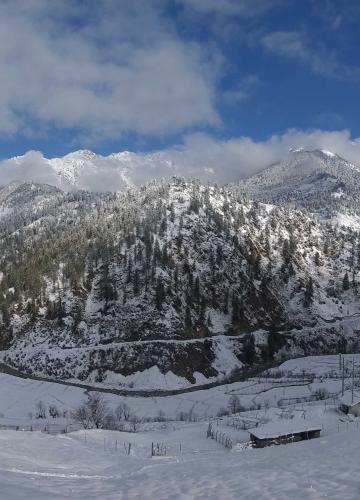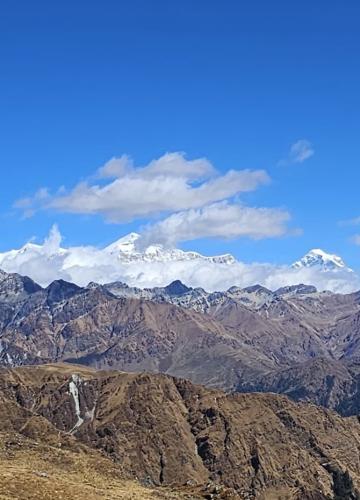The Langtang Valley Trek is somehow an excellent destination for trekking expeditions that provide adventures, beautiful views and exploration of the culture. Located at northern part of Nepal, near Tibetan border, the Langtang Valley is known as the “Valley of Glaciers”. As a 13 Days Langtang Valley Trek, this is your chance to capture a glance of natural beauty that is exclusive to Nepal while interacting with its warm culturally rich people.
Unlike other destinations that include Everest and Annapurna with primarily busiest trekking trails the Langtang trek is comparatively quieter and less busy. The trails through forests that accompany beautiful alpine meadows alternating on both sides with harsh terrains of the mountain range will make you immediately feel that unique serenity that is in the Himalayas.
The Langtang Region trekking in Nepal offers stunning mountain views, diverse landscapes, and unique cultural experiences. Langtang region trekking is associated with Langtang National park. Trekkers typically start from Syabrubesi and follow trails that lead through picturesque villages like Lama Hotel, Langtang Village, and Kyanjin Gompa.The trek can range from 7 to 14 days depending on the specific route chosen and side trips taken. It's a fantastic option for those seeking a less crowded alternative to popular routes like Everest Base Camp and Annapurna Circuit.
Why Consider a Langtang Trek?
The trek to Langtang Valley is often dubbed the perfect alternative to the busier Everest and Annapurna regions. With a distance of about 65-70 miles (round trip), this trek offers an accessible yet rewarding challenge. The Langtang Valley Trek difficulty is moderate, making it suitable for those with basic trekking experience.
What to Expect on the Langtang Valley Trek
Scenic Beauty: From cascading waterfalls to towering peaks, every step feels like walking through a postcard.
Local Hospitality: Interact with the warm Tamang and Tibetan communities, who welcome you into their homes and traditions.
Wildlife Encounters: Spot exotic species like red pandas, Himalayan pheasants, and more.
Acclimatization-Friendly Trails: Gradual ascents ensure your safety and comfort.
Best Season to Trek Langtang Valley
The ideal time for the Langtang Valley Trek is during spring (March to May) and autumn (September to November).
Spring: The trails come alive with blooming rhododendrons and lush greenery, paired with pleasant weather and clear skies.
Autumn: Crisp, cool air, and stunning visibility make this season perfect for capturing the majestic Himalayan views.
Both seasons avoid the extreme cold of winter and the heavy rains of the monsoon, ensuring a comfortable and safe trekking experience.
What Makes the Langtang Trek Special?
1. Tranquility and Solitude
The peaceful atmosphere of the Langtang Trek is one of the biggest pulls. The Langtang Valley never gets as crowded as other trekking routes in Nepal, which makes it much easier to bond with nature and feel the serenity of the mountains.
2. Authentic Local Experiences
Tamang and Tibetan communities, along with other locals, live within the surroundings of this area, showcasing their lifestyle; in addition to their cultural costumes, every element-right from traditional architecture down to their warmth in receiving foreigners-enhances your experience. It allows trek participants the opportunity to test fresh yak cheese that was homemade, or take part in any local festival celebrations, a unique opportunity here compared with similar treks.
3. A Photographer’s Paradise
For photography enthusiasts, the Langtang Valley is a dream come true. The interplay of light on snow-capped peaks, cascading waterfalls, colorful prayer flags, and ancient stone houses creates countless opportunities for stunning photographs.
Contact us now to reserve your spot or customize the itinerary and get more information on this epic journey into the heart of the Himalayas.
